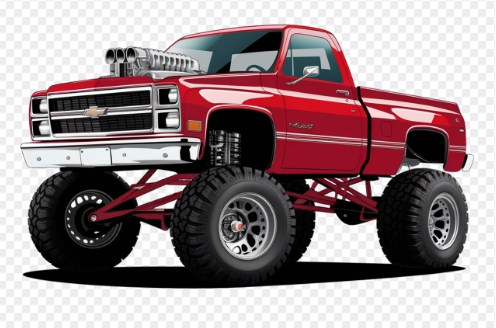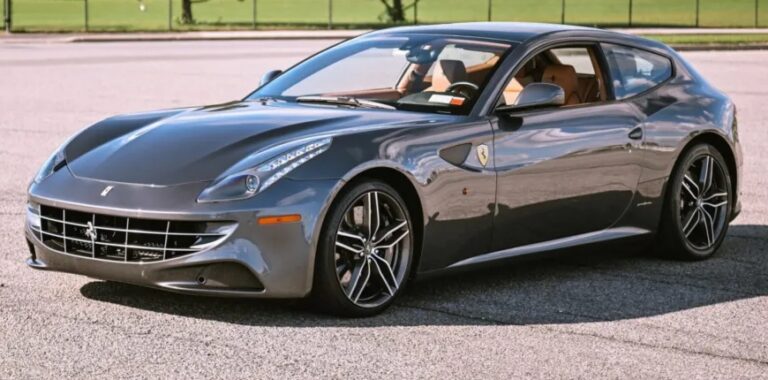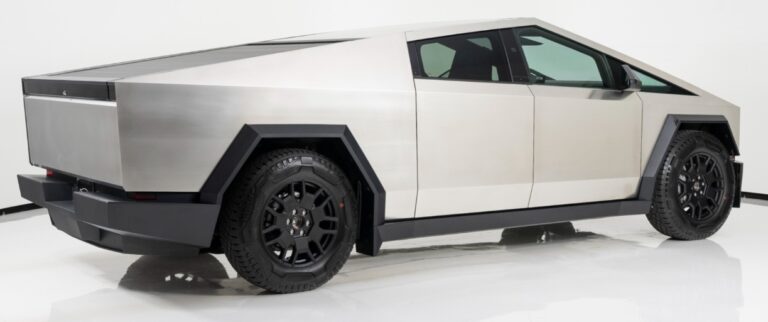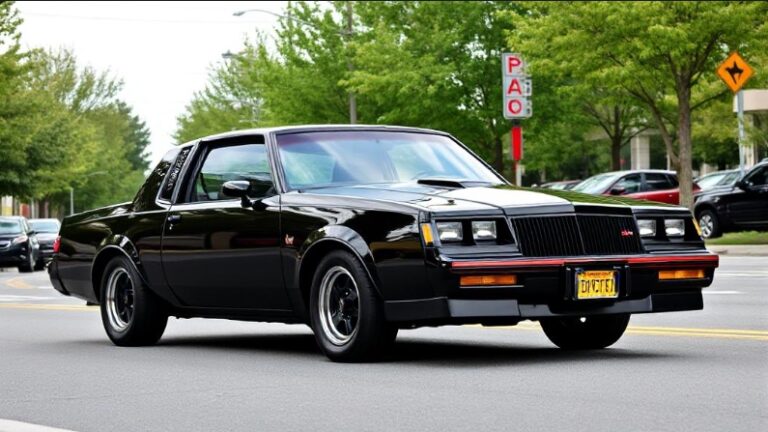The Evolution of the Chevrolet C/K Pickup
The Chevrolet C/K series of pickup trucks has established itself as an iconic vehicle in the American automotive landscape, representing strength, reliability, and adaptability over several decades. This series was produced from 1960 until 1998, evolving through various designs, technologies, and market demands. In this article, we will examine the prominent models and trim levels of the Chevrolet C/K, charting its transformation across nearly four decades.
The Early Years: 1960-1966
The Chevrolet C/K series was born in 1960, marking the first major redesign of Chevrolet trucks in over a decade. The design featured a distinctive, sweeping body style that emphasized aerodynamics and a more user-friendly front end. The “C” in C/K represented two-wheel drive, while the “K” signified four-wheel drive.
Models and Trim Levels:
- C10 (two-wheel drive): Standard trim with options for enhancing features.
- K10 (four-wheel drive): Offered similar benefits but with added off-road capabilities.
- C20/K20: Heavy-duty models providing a higher payload and more robust construction.
- C30/K30: Introduced as dual-wheel versions, ideal for heavy loads and towing capacities.
These models typically came with inline-six engines, with optional small-block and big-block V8s introduced in later years, enhancing performance.
The Classic Lines: 1967-1972
The second generation, produced from 1967 to 1972, brought sweeping changes with a more aggressive and rugged look, characterized by a wider stance and distinctive grille designs. This generation incorporated advancements such as improved safety and comfort features.
Models and Trim Levels:
- C10/K10: With the option for a short bed, long bed, fleetside, or stepside body styles, buyers had a multitude of customization options.
- C20/K20: Offered with a choice of a 3/4 ton capacity, catering to commercial users.
- C30/K30: Focused on heavy-duty consumers, featuring a range of engines and configurations.
Trim levels ranged from the basic “Custom,” which offered few luxuries, to the more upscale “Cheyenne,” which included higher-grade interior materials and upgraded comfort features.
The Transformation: 1973-1987
The third generation was marked by the fuel crisis, which influenced designs and engineering with a focus on efficiency without sacrificing performance. The trucks featured a larger cab for improved passenger comfort and better visibility.
Models and Trim Levels:
- C10/K10: Continued as the popular choice for consumers, with several payload options.
- C20/K20: Enhanced with more robust mechanical options suitable for heavy lifting.
- C30/K30: Solidified its reputation as the go-to workhorse for heavy-duty applications.
The third generation introduced trim levels such as:
- Custom: Basic functionality for practical use.
- Cheyenne Super: A more luxurious option with added features such as upgraded interiors and sound insulation.
- Sierra: An upscale trim with added chrome trim and options that appealed to a higher-end market.
.
**********
Shop Classic Chevy Truck Parts at CJ Pony Parts Now!
**********
.
The Revolution of Style and Comfort: 1988-1998
The fourth generation of the Chevrolet C/K series, released in 1988, marked a significant departure in terms of design and functionality. These trucks were built on the GMT400 platform, which provided improved ride quality and handling. In a significant industry shift, the design emphasized a more rounded aesthetic and a comfortable interior, making the C/K suitable for both work and leisure.
Models and Trim Levels:
- C1500/K1500: The half-ton models gained popularity among everyday consumers.
- C2500/K2500: These models offered enhanced payload and towing capacities, appealing to business users.
- C3500/K3500: Maintained reputation as heavy-duty trucks with added aesthetic features.
Trim levels during this generation included:
- Base: Entry-level packages focused on practicality.
- Silverado: A step up, focusing on enhancing comfort and convenience features such as powered windows and leather upholstery.
- Cheyenne: Positioned between the Base and Silverado, the Cheyenne included select comfort upgrades without pricing into the premium tier.
The Legacy Continues
The C/K series was ultimately phased out in the late 1990s, being replaced by the Chevrolet Silverado, which inherited many of the C/K’s characteristics while adapting to modern consumer expectations. The last model year for the C/K series was 1998, marking an end of an era.
Conclusion: A Cultural Phenomenon
The Chevrolet C/K series pickup trucks epitomize the evolution of the American truck, adapting through changing consumer needs, economic challenges, and technological advancements over nearly four decades. From the classic lines and basic trims of the 1960s to the comfort and versatility of the 1990s, the C/K series played a vital role in shaping pickup truck culture in the United States.
Not only did the C/K series cater to the utilitarian needs of a diverse customer base—farmers, contractors, families, and city dwellers alike—but it also created a brand legacy that continues to resonate. Their cultural impact transcends mere functionality; the C/K series embodies an ethos of adventure, work ethic, and rugged individualism that still inspires car enthusiasts and everyday users alike.
As we look back at the Chevrolet C/K and its transformation through the years, one thing remains timeless—it was more than just a vehicle; it was a versatile companion on the roads of America’s heart and highways. Whether you’re reminiscing about the original C10 from the early 60s or the refined K1500 from the late 90s, the C/K series captures a unique story of progress, change, and above all, an enduring love for the pickup truck.







